Ziziphus jujuba is a plant in the family of buckthorns (Rhamnaceae). It is a small bush with yellowish-green flowers and shiny green leaves that fall off in the fall. When it's not ripe, the fruit is oval and green. When it's ready, it's purple-brown and wrinkled, like a date. When it's ripe, it feels and tastes like an apple, but when it's old, it tastes a lot like dates.
What is ziziphus?
Ziziphus is a group of plants in the Rhamnaceae family that are shrubs. Ziziphus jujuba, also called the Chinese date, the Indian date, the Korean date, and the red date, is a plant in this group. Most people use it for shade, but you can also eat the fruit. Most of the time, this plant's fruits and seeds are used in herbal medicine.
The Ziziphus jujube can reach almost 40 feet in height. It usually has thorny branches, and the leaves can be up to three inches long and shiny. The tiny yellow or green flowers are less than 1/5 of an inch across. It's a drupe, and it can be more than an inch long. It tastes like an apple when it's young. It tastes like a real date when it's fully ripe, though (Phoenix dactylifera).
Ziziphus probably came from southern Asia, but it is hard to say for sure because it has been grown for so long and in so many places. Many Asian countries, especially China, Korea, and India, now grow ziziphus for money. In southeastern Europe, this type of plant is also grown.
The saponins that make up jujubosides are the most important biologically active parts of Ziziphus jujube. Their main biochemical effect is to shut down pathways in the hippocampus that use glutamate to send signals. Ziziphus feels better after this happens.
History of Ziziphus:
The first time Ziziphus was talked about was in the Classic of Odes, a collection of Chinese poems from the 6th century BC. In China and other parts of Asia, it has been used as medicine for at least 2500 years.
At least 3000 years ago, Ziziphus is thought to have come from Syria and North Africa. Then it moved east to southern Asia and finally to China, where it is still grown in large amounts. It is also found in the islands of the Caribbean, Madagascar, Bulgaria, and other parts of Europe.
Types of Ziziphus fruits:
- Li- It is one of the Jujube varieties with the biggest fruit. Compared to other kinds, it is not as acidic.
- Lang: It has the shape of a pear and tastes best when it turns red.
- Chico: It tastes like an apple and has a nice tang to it.
- Ta Jan is a fruit that looks like an oval but is a little bit smaller than Lang.
- Honey Jar is the best fresh-eating variety and has the most juice, crunch, and sweetness of all the jujube varieties.
Uses of ziziphus:
Jujube fruits are used in many kinds of foods, including:
- Sweets that are eaten as a snack or with coffee
- Tea syrup with jujube fruits that is sweetened.
- Jujube vinegar
- Cold jujube beverage
- Smoothie and soup
Health benefits of ziziphus:
- Helps in weight loss:
Jujube fruits are very low in calories and have a lot of protein and fibre. When you eat it, it helps meet your nutritional needs and makes you feel full. It also helps lower glucose levels, which keeps you from gaining more weight, especially around your middle.
- Improves Mental Health and Brain function
Jujube fruits protect neurons and help people remember and learn new things. It calms and relaxes the body, which helps people with anxiety and trouble sleeping. It treats a number of neurodegenerative diseases and makes life better. Studies also show that it helps fight depression and has a positive effect on neurotransmitters and stress hormones. The flavonoid kaempferol 3-O-rutinoside found in jujube fruit could be used to protect nerve cells from oxidative stress.
- Helps control blood pressure
The jujube fruit is a great way to keep your blood pressure normal. It helps blood flow to the brain by making more nitric oxide and lowering blood pressure in this way. Also, the Jujube fruit has a lot of potassium and not much sodium. This helps open up the blood vessels and keep blood pressure at a healthy level.
- Anti-inflammatory and Anti-microbial Agent
Researchers have found that the betulinic acid in jujube fruits can help reduce inflammation and kill bacteria. It stops the growth of bacteria that cause many bacterial infections, like Staphylococcus aureus and Escherichia coli.
- Packed with Antioxidant
Jujube fruits have a lot of vitamin C and a chemical called betulinic acid that helps raise glutathione levels and protect against oxidative stress.
- Helps in digestive system
There is a lot of fibre in jujube fruit, which helps prevent chronic constipation. Dietary fibre is a good laxative that makes it easier to go to the bathroom.
It is a treatment for inflammatory bowel disease (IBD) that has been shown to work. It does this by improving the function of the intestinal barrier and turning on the AMPK enzyme.
It also has pectin in it, which helps stop diarrhoea.
- Relieves cough
Bromelain, an enzyme found in jujube fruit, has been shown to stop phlegm and mucus from building up. So, it helps clear out the airways and sinus cavities.
- Anti-allergic
There are a lot of anti-histamine properties in jujube fruits. It helps stabilise mast cells, which change how the immune system works and keep allergic reactions from happening. Studies have also shown that it might help treat anaphylaxis caused by allergic rhinitis.
- Prevents and Treats Osteoporosis
Minerals like manganese, copper, potassium, and magnesium, which are all found in jujubes, are important for healthy bones. It makes bones stronger, especially in older people with osteoporosis.
- Prevents cancer
The fruit of the jujube tree is a great way to treat cancer. The dried pulp of Z. jujuba is a source of oleic, linoleic, palmitic, and palmitoleic acids, which are essential unsaturated fatty acids. Studies show that this fruit has many different kinds of triterpenic acids, including ceanothic, alphitolic, zizyberanal, zizyberanalic, epiceanothic, ceanothenic, betulinic acid, oleanolic (OA), ursonic, and zizyberenalic acids. These compounds kill cancer cells and change the way apoptosis works, which is helpful in treating cancer.

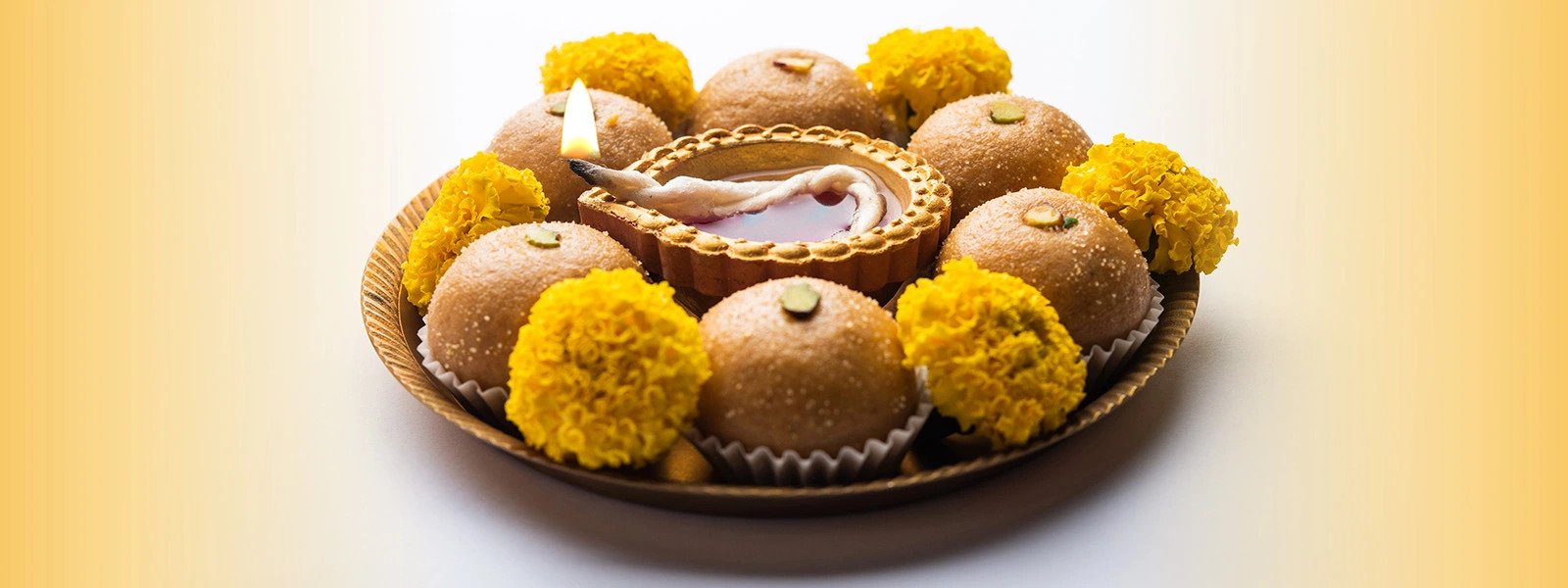
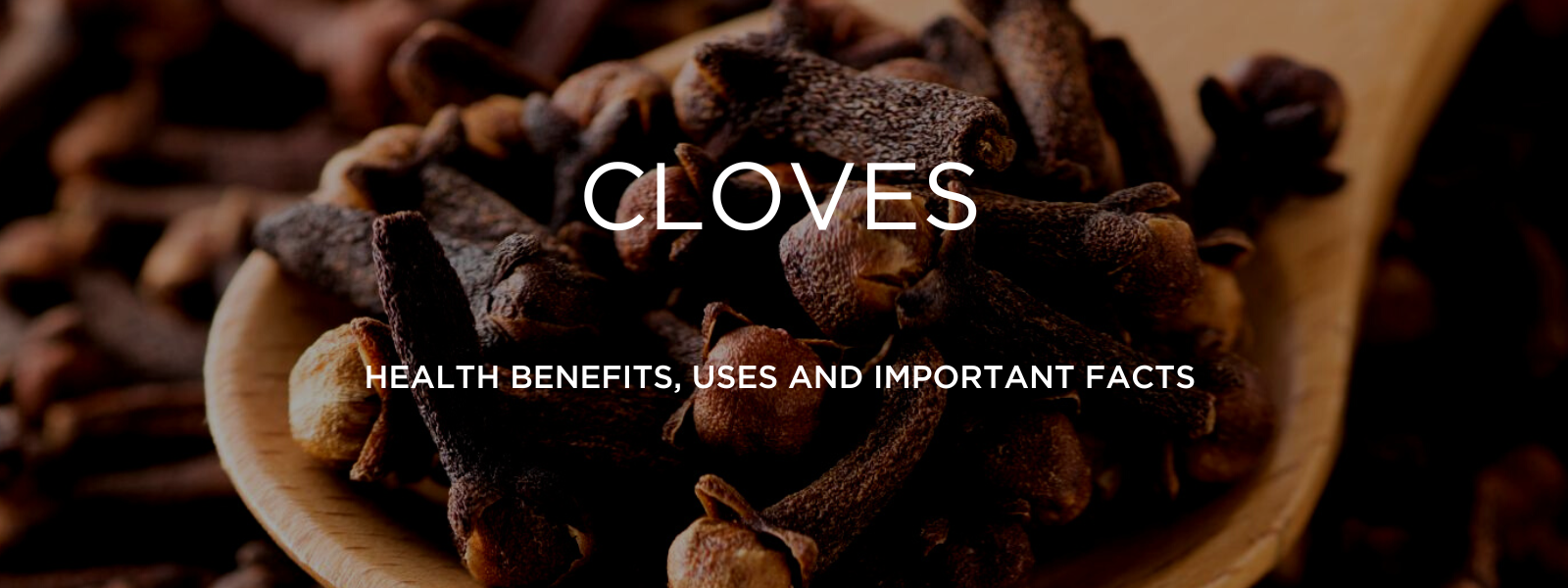
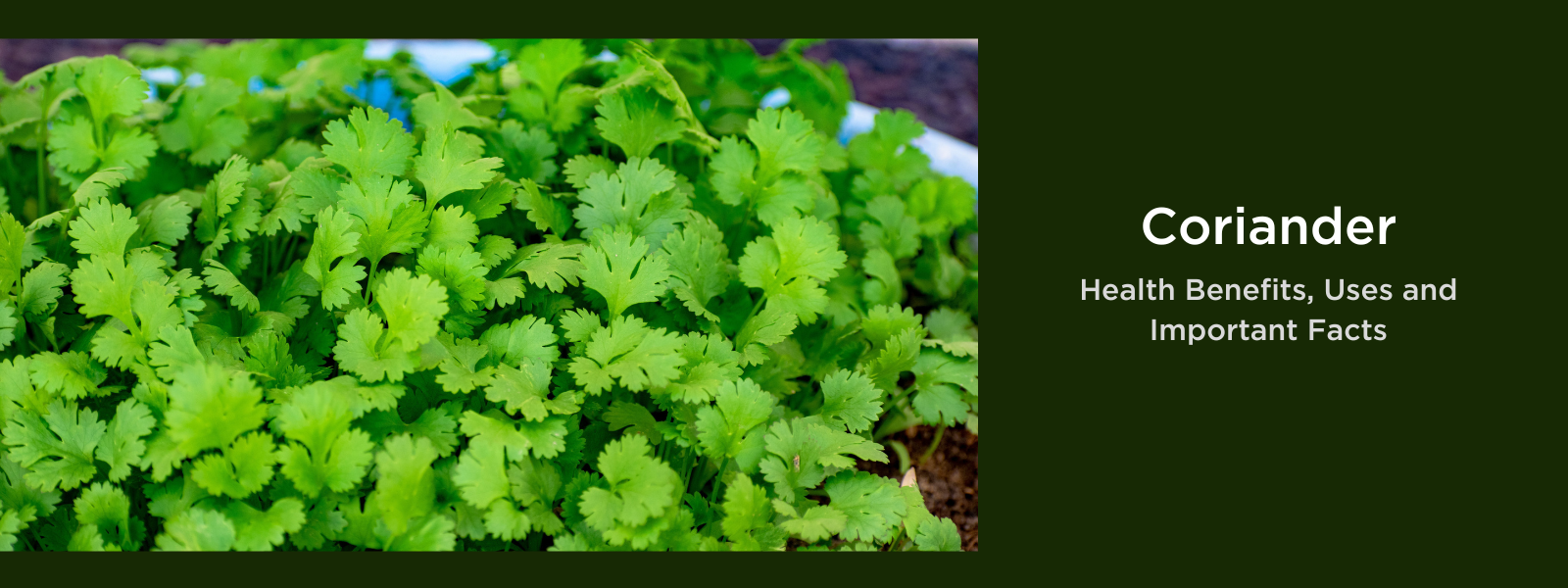
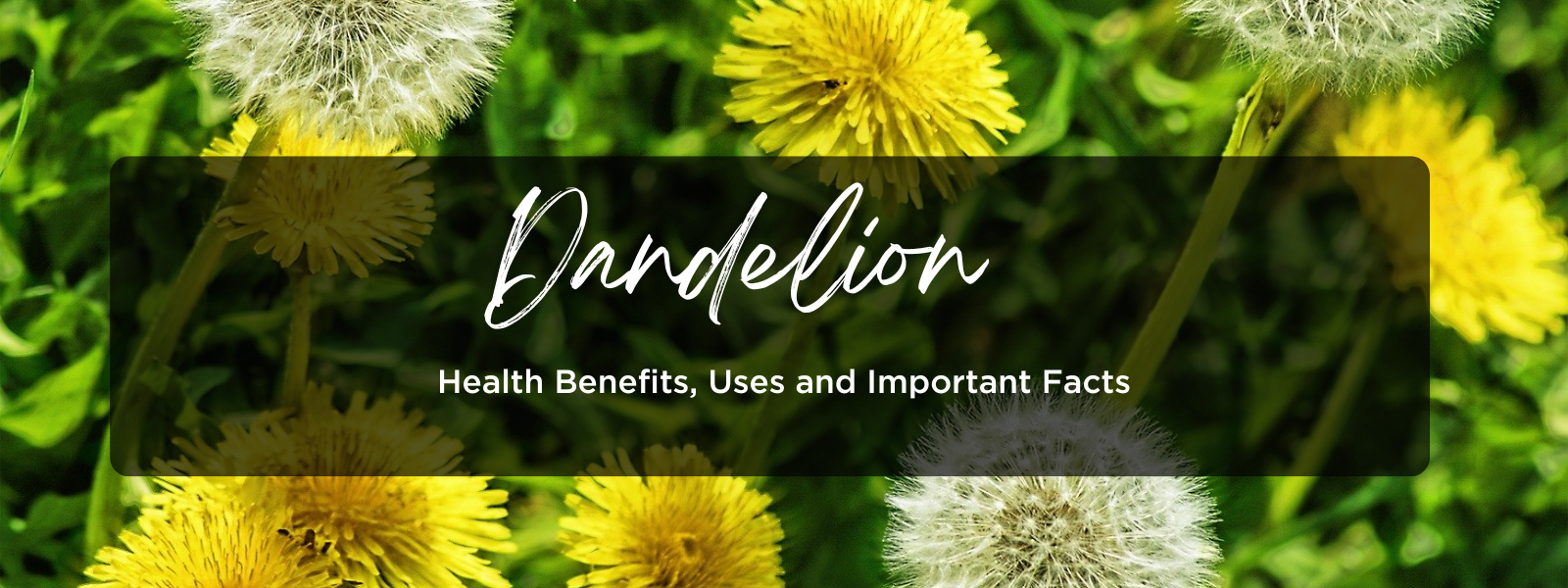
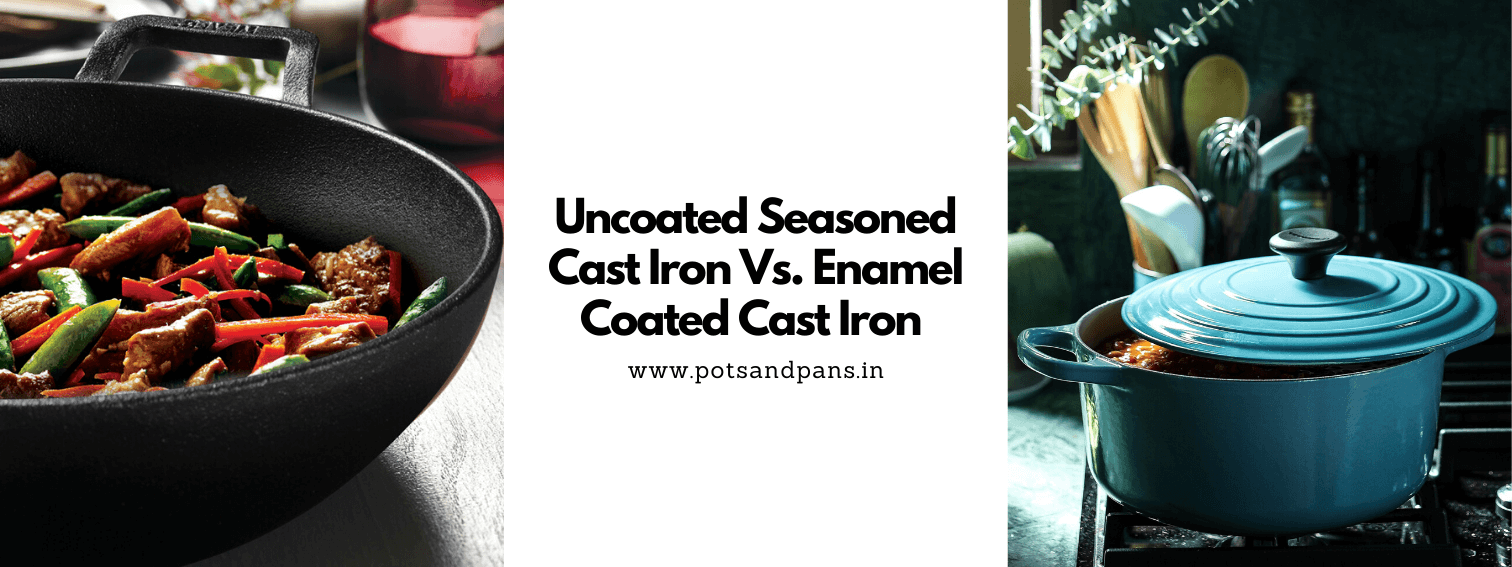
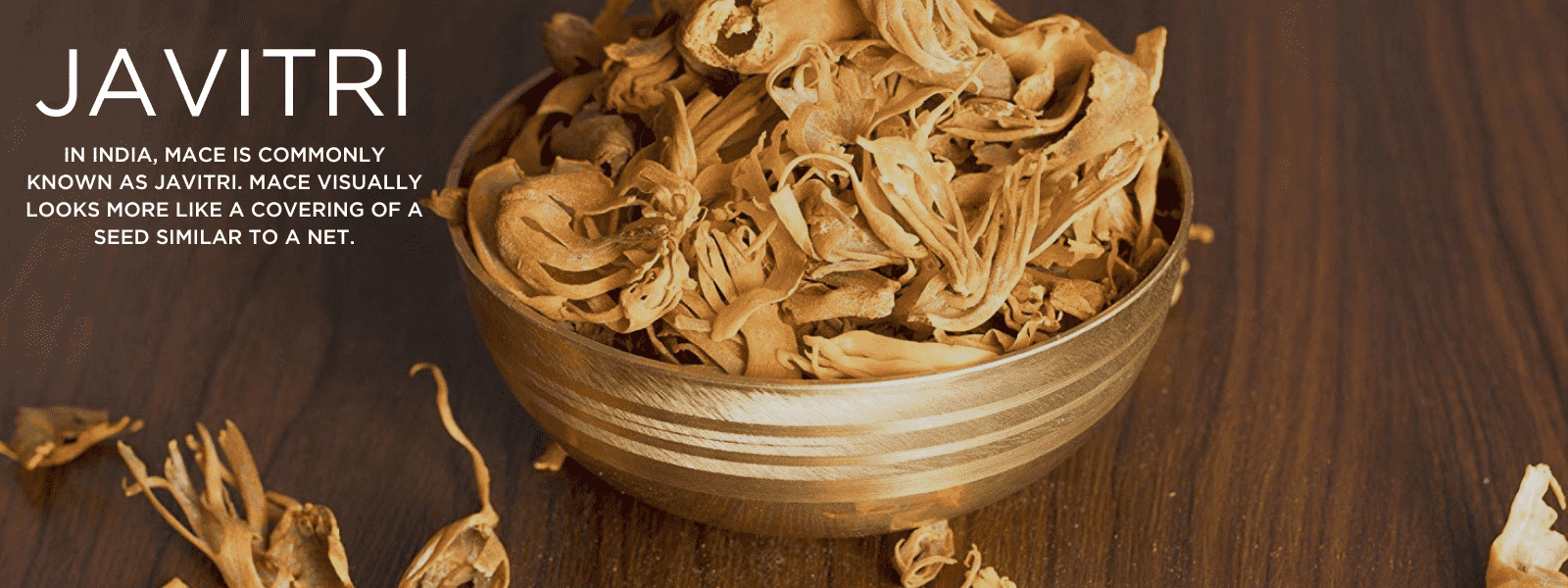
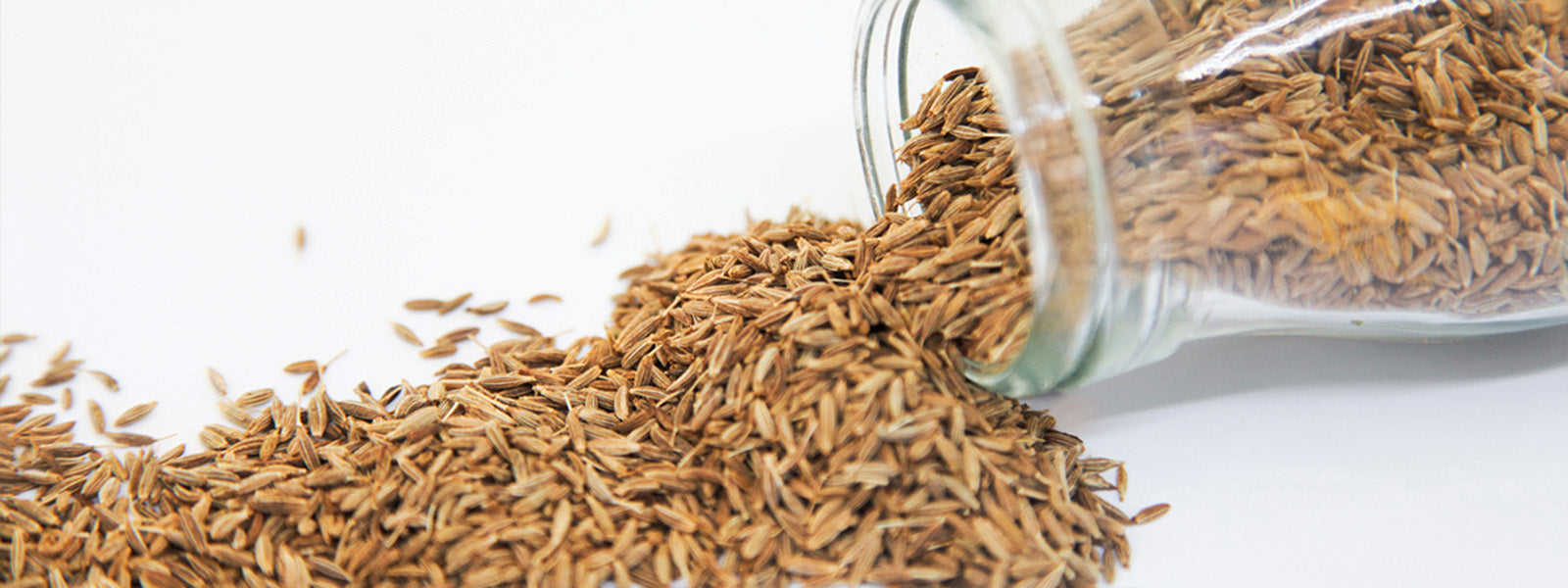
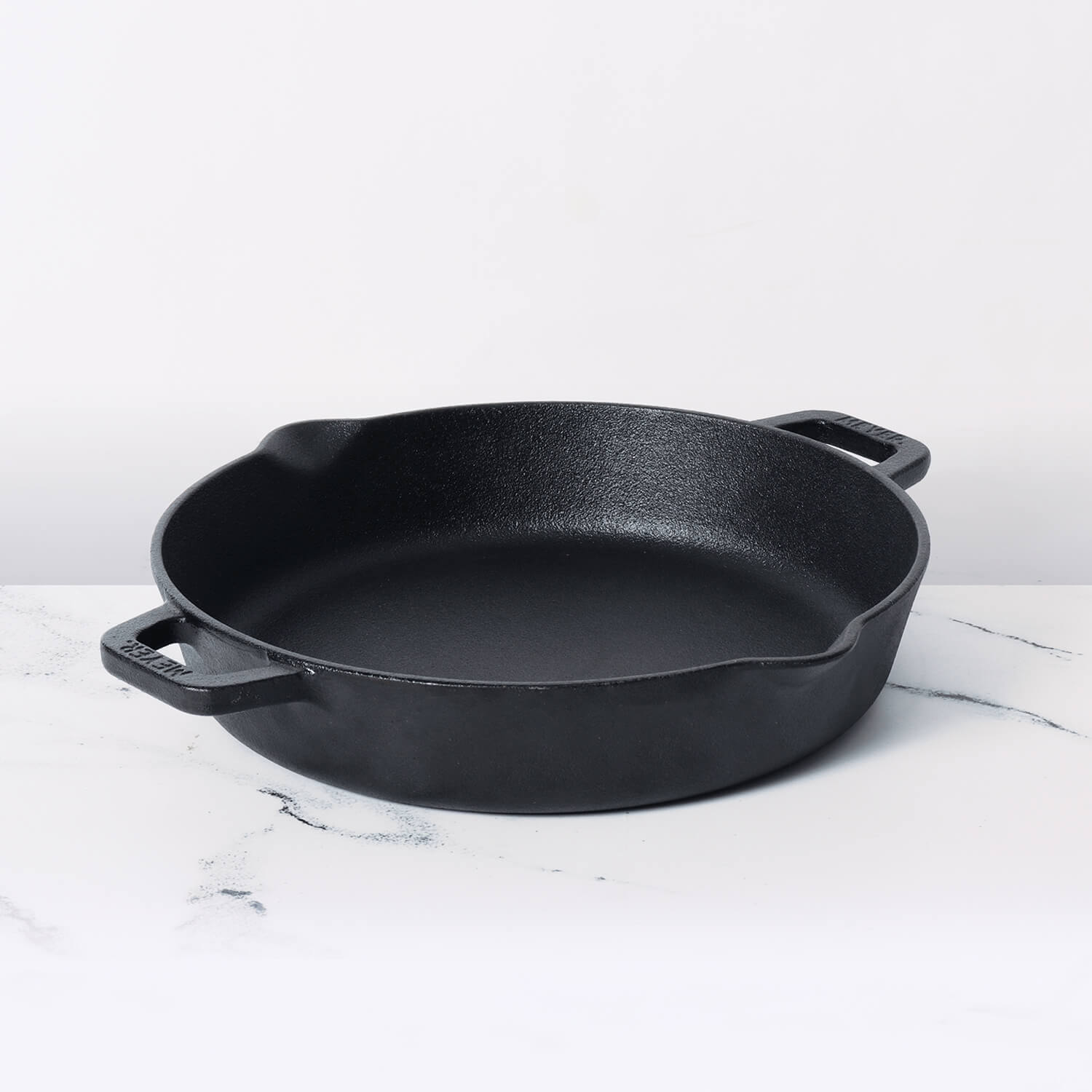




Leave a comment